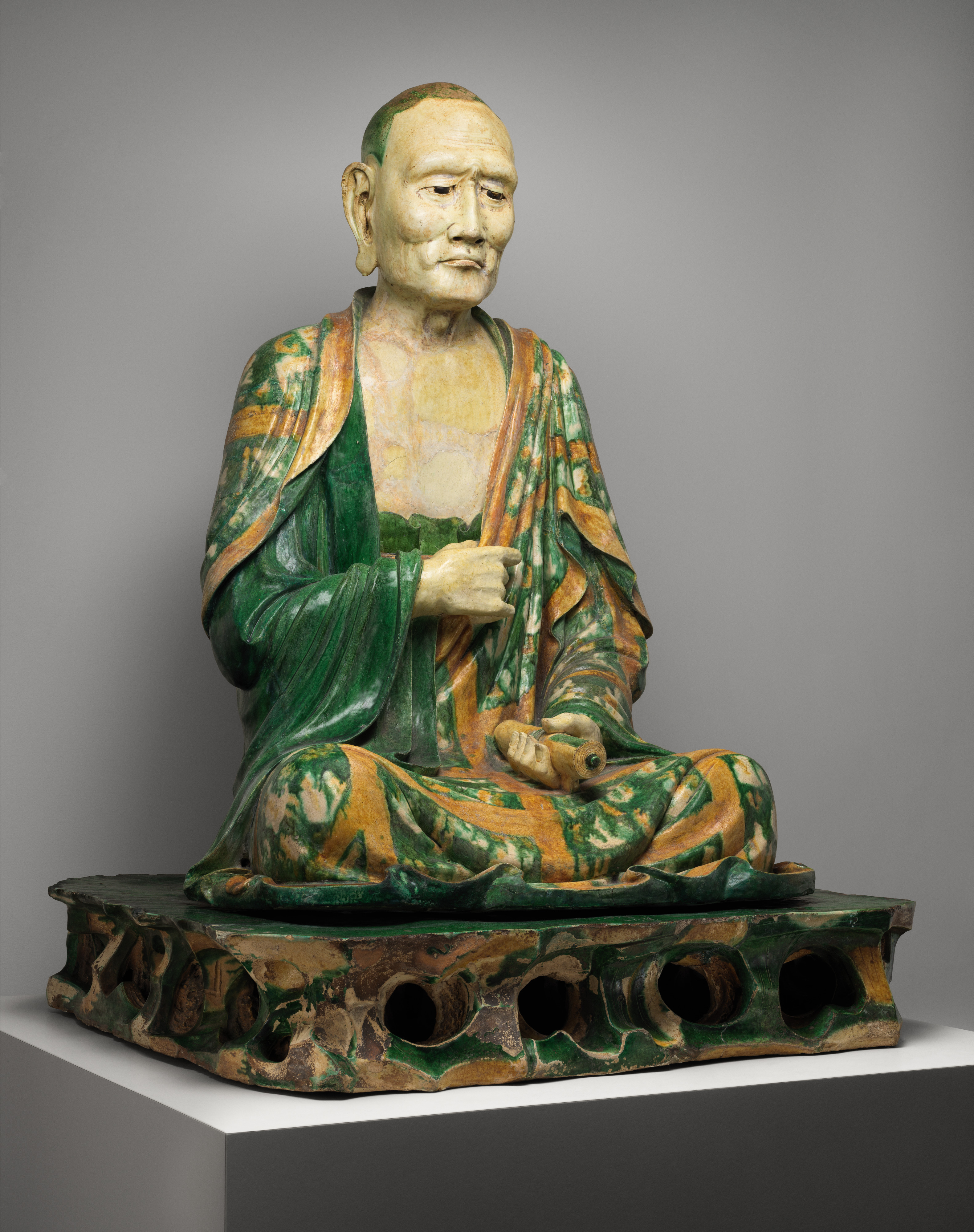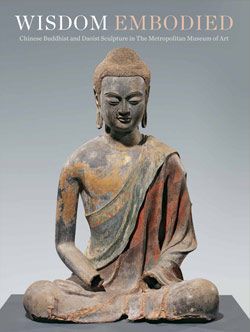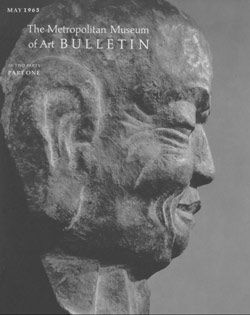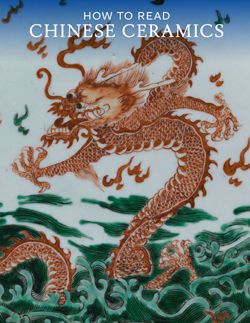Arhat (Luohan)
This life-size sculpture is part of a group of sixteen figures that have been known in the West since 1913. Thought to have come from a cave in Yixian, Hebei province, they represent arhats (or luohans, as they are known in China). Arhats were thought to have achieved an advanced state of spiritual development, and were revered as protectors of Buddhism.
Regarded as masterpieces of ceramic sculpture, for their size, naturalistic modeling, and the quality of their three-toned (sancai) glaze, they can be dated securely to the late tenth or eleventh century based on material discovered in 1983 at an ancient kiln site near Beijing.
This image cannot be enlarged, viewed at full screen, or downloaded.
This artwork is meant to be viewed from right to left. Scroll left to view more.












